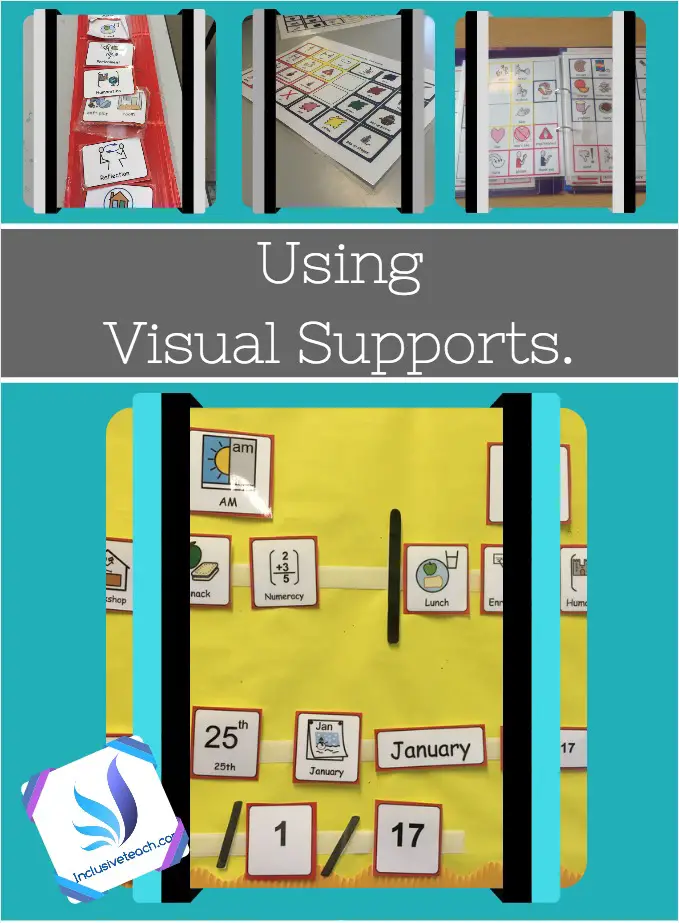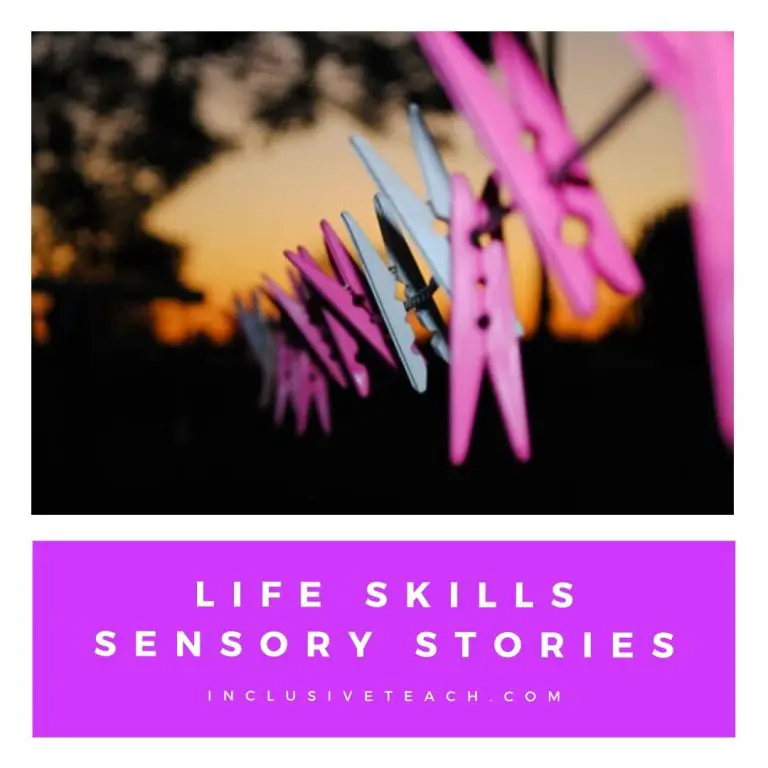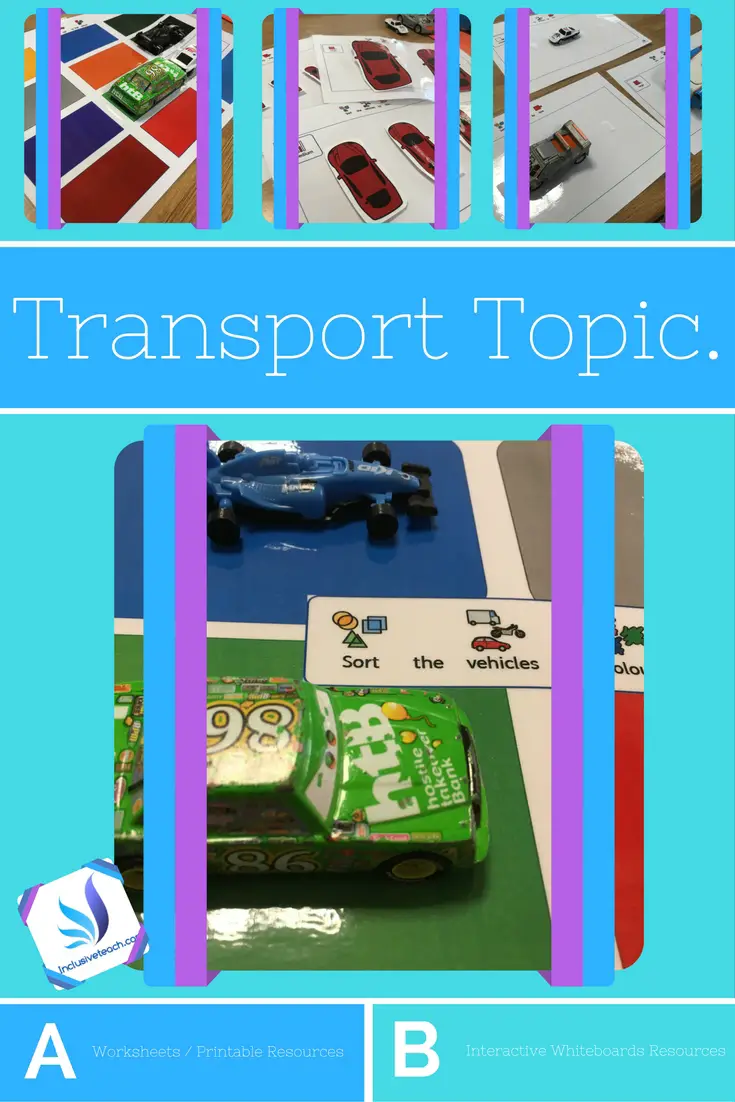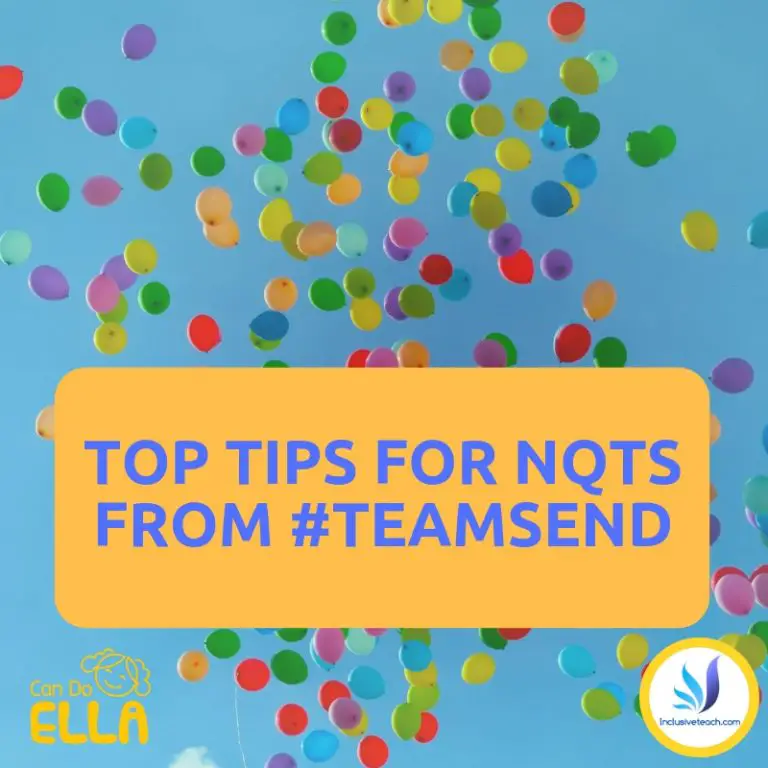15 Simple Ways to Ignite Curiosity in Your Classroom
Igniting Curiosity in Your Classroom
Learning is powered by curiosity. When students are genuinely curious, they dive deeper and retain more. Curiosity, the relentless desire to explore, discover, and understand new things, is an innate force that accompanies us from the earliest stages of life till the end. In the realm of early childhood education, nurturing curiosity brings serious advantages for all learners. In this blog post, we will look into curiosity in the classroom and uncover how it paves the way for an engaging educational journey.
Extensive recognition has been given to the significance of curiosity in children’s development and its vital role in the learning process. Research has established strong links between curiosity and academic achievement. However, despite the substantial evidence supporting its importance, there remains a noticeable gap in research concerning the development of curiosity and strategies for encouraging it within school environments. A lot of the research and indeed school assessment systems lack comprehensive measures for assessing the promotion, and impact, of curiosity in the classroom. One study that used magnetic imaging suggested that brain activity was higher when people showed high levels of curiosity, this led to better recall of trivia (Gruber, M. J., Gelman, B. D., & Ranganath, C., 2014). Whilst not too surprising for experienced teachers it highlights the importance of stimulating curiosity to create more effective learning experiences.
5 Effective Strategies to Spark Curiosity in Lessons
1. Encourage Curiosity Through Real-World Application
Teaching through the lens of real-world applications brings an element of relevancy and practicality to subjects that students might otherwise find abstract, this is especially important with SEN pupils who need to be able to see concrete links between concepts. By demonstrating the “why” and “how” behind what they’re learning, teachers can ignite curiosity and value in the lessons. Here are some strategies to incorporate real-world applications in the classroom:
- Contextualise Learning: Relate classroom concepts to real-life situations, current events, or personal experiences. Help students see the practical applications and relevance of what they’re learning.
- Guest Speakers and Field Trips: Invite professionals or experts from relevant fields to share their experiences and demonstrate how classroom knowledge is applied in the real world. Organise educational visits that provide hands-on experiences related to the subject matter.
- Case Studies and Problem-Solving: Present real-world scenarios or case studies that require students to apply their knowledge and critical thinking skills to find solutions. Encourage open-ended discussions and exploration of various perspectives. This can be especially valuable if you can relate these to their lives.
2. Embracing Mistakes For Curiosity and Innovation
Creating a safe and supportive environment where students feel comfortable making mistakes and learning from them fosters curiosity and promotes innovation. Here are some strategies for embracing mistakes in the classroom:
- Encourage Risk-Taking: Emphasize that mistakes are a natural part of the learning process and an opportunity for growth. Encourage students to take risks, try new approaches, and learn from both successes and failures.
- Normalise Error: Highlight the importance of learning from mistakes by sharing stories of famous scientists, inventors, or historical figures who faced setbacks before achieving success. Foster a growth mindset that values perseverance and resilience.
- Reflective Practices: Incorporate regular reflection exercises where students can analyze their mistakes, identify areas for improvement, and set goals for future learning. Provide constructive feedback that focuses on progress rather than just the end result.
3. Hands-On Learning: Fueling Curiosity and Enhancing Understanding
Engaging students in interactive, tactile learning experiences is an effective way to get children curious and deepen understanding. Consider these strategies for incorporating hands-on learning in the classroom:
- Experiments and Demonstrations: Conduct science experiments, demonstrations, or simulations that allow students to actively participate in the learning process. Encourage them to observe, question, and make connections between theory and practice.
- Project-Based Learning: Assign projects that require students to apply their knowledge and skills to create tangible outcomes. Encourage creativity, critical thinking, and collaboration throughout the project.
- Manipulatives and Interactive Resources: Provide students with manipulatives, models, or interactive digital resources that allow them to physically engage with abstract concepts. This tactile experience helps solidify understanding and sparks curiosity.
4. Enquiry-Based Learning: Nurturing Curiosity through Questioning
Inquiry-based learning is a powerful approach that taps into students’ natural curiosity and encourages them to ask questions, investigate, and seek answers. We can create wonder and curiosity in our lessons and facilitate deeper learning experiences. Consider the following strategies for incorporating inquiry-based learning in the classroom:
- Provocative Questions: Begin lessons with thought-provoking questions that pique students’ curiosity and stimulate their desire to explore the topic further. Encourage students to generate their own questions and pursue answers through research and investigation.
- Research Projects: Assign open-ended research projects that allow students to explore their interests and questions within the subject matter. Guide them in developing research skills, evaluating sources, and presenting their findings to the class.
- Socratic Dialogue: Engage students in discussions that encourage critical thinking, active listening, and questioning. Create a safe space for students to share their ideas, challenge assumptions, and explore different perspectives.
5. Cultivate Curiosity-Friendly Classroom Culture
Creating a classroom culture that values and nurtures curiosity is essential for learning and intellectual growth. Consider the following strategies for cultivating a curiosity-friendly environment:
- Encourage Curiosity Journals: Provide students with individual journals or digital platforms where they can record their questions, observations, and reflections. Encourage them to document their curiosity-driven inquiries and share their findings with peers. You can do this through a system like tapestry or evidence for learning, capturing photos and videos and sharing these back to the pupils.
- Celebrate Curiosity: Acknowledge and celebrate students’ curiosity by highlighting their questions, discoveries, and independent research. Create opportunities for students to share their interests, projects, or findings with the class or school community.
- Role Model Curiosity: Demonstrate your curiosity and passion for learning by sharing your questions, interests, and discoveries. Show enthusiasm for exploring new ideas, and encourage students to see learning as a lifelong pursuit.

10 More Ways To Inspire and Encourage Curiosity in the EYFS and SEN classroom
Encouraging curiosity in Early Years Foundation Stage (EYFS) and Special Educational Needs (SEN) classrooms is essential for fostering a love of learning. Here are 10 strategies more to inspire curiosity:
- Model Curiosity:
- As teachers, demonstrate curiosity through your own actions. Share your wonder, ask questions, and explore alongside the children.
- Example: During storytime, think aloud about the illustrations or plot twists in a picture book.
- Open-Ended Questions:
- Ask open-ended questions that encourage discussion and critical thinking.
- Use question starters like “why,” “what,” “who,” “when,” and “where.”
- Example: “Why do you think the caterpillar turned into a butterfly?”
- Follow Children’s Interests:
- Observe and listen to children. Wait, watch, and wonder about their preferences.
- Set up learning provocations based on their interests.
- Example: If a child is fascinated by insects, create a bug investigation station.
- Answer Questions Enthusiastically:
- When children ask questions, respond with enthusiasm.
- If you don’t know the answer, research it together using books or the internet.
- Example: “I’m not sure, but let’s find out!”
- Explore Loose Parts and Natural Materials:
- Provide loose parts (sticks, leaves, shells) and open-ended resources.
- These materials offer endless possibilities for curiosity and play.
- Example: Let children collect interesting items during outdoor walks.
- Redirect Interests Thoughtfully:
- Instead of mindlessly demanding compliance, consider the learning opportunity.
- Example: If a child forgets to wear an apron during painting, pause and think about the creative moment. Redirect gently if necessary.
- Nature Provocations:
- Set up nature-inspired provocations in the classroom.
- Include natural objects, sensory materials, and open-ended outdoor play opportunities.
- Example: Arrange pinecones, leaves, and twigs for exploration.
- Curious Conversations:
- Engage in meaningful dialogue with children.
- Discuss their observations, wonderings, and discoveries.
- Example: “Tell me more about the patterns you see in this leaf.”
- Embrace Uncertainty:
- Help children feel comfortable with not knowing everything.
- Explore the excitement of resolving uncertainty together.
- Example: “We’re not sure, but let’s explore and learn together.”
- Be Present and Responsive:
- Follow a child’s interest in the moment.
- Adapt your teaching based on their curiosity.
- Example: If a child starts building with blocks, join in and extend their ideas.
Summary
Curiosity-fueled learning equips students to keep discovering long after graduation. Start small by picking 1-2 strategies to build student exploration into your regular lessons.
Curiosity-driven learning enhances engagement, deepens understanding, and cultivates a lifelong love for learning. Embrace the curiosity within our youngest learners, and watch them embark on a rewarding path of intellectual growth and discovery.
Frequently Asked Questions
Q: How can I ensure curriculum coverage while encouraging curiosity?
A: Connect required topics to students’ questions and interests. Build open-ended activities into existing lessons.
Q: How can open-ended questions encourage curiosity?
A: They allow for more expansive thinking and multiple responses rather than closed facts.
Q: If students choose activities, how do I cover important material?
A: Provide structure like choice boards but give options for topics or final products.
Q: How is inquiry-based learning different from direct instruction?
A: Students play an active role in applying critical thinking skills to examine a problem.
Q: How do I balance exploration with classroom management?
A: Set expectations but also dedicate time for structured play and discovery.
Q: What if students struggle to ask higher-level questions (Blanks Level 3+)?
A: Teach question stems like who, what, when, where, why, and how to scaffold inquiry.
Q: How can I spark curiosity with a set curriculum?
A: Add open discussions, independent research, and hands-on activities within required lessons.
Q: How do these strategies work for neurodiverse students?
A: Adjustments may be needed, pair verbal questions with visual prompts or demonstrations.
Q: How can I convince school leaders about the value of curiosity-driven learning?
A: Present research on benefits alongside student work samples and testimonials.
Q: What if parents are more focused on academics and test scores?
A: Emphasise how curiosity leads to deeper retention and engagement with material (use the references below).
Q: How can I manage classroom resources needed for exploration?
A: Use inexpensive everyday items, collaborative online documents for recording, and digital tools.
Q: How do I grade open-ended work consistently?
A: Focus on effort, participation, completion, and growth vs letter grades. Provide descriptive feedback.
References & Reading Used For This Article
Gruber, M. J., Gelman, B. D., & Ranganath, C. (2014). States of curiosity modulate hippocampus-dependent learning via the dopaminergic circuit. Neuron, 84(2), 486–496. https://doi.org/10.1016/j.neuron.2014.08.060
Shah, P. E., Weeks, H. M., Richards, B., & Kaciroti, N. (2018). Early childhood curiosity and kindergarten reading and math academic achievement. Pediatric research, 84(3), 380–386. https://doi.org/10.1038/s41390-018-0039-3
Jirout, J. J., Zumbrunn, S., Evans, N. S., & Vitiello, V. E. (2022). Development and Testing of the Curiosity in Classrooms Framework and Coding Protocol. Frontiers in psychology, 13, 875161. https://doi.org/10.3389/fpsyg.2022.875161 (Free Access)






